Cartier
Magical Time: Cartier’s Mystery Clocks and Timepieces
Cartier
Magical Time: Cartier’s Mystery Clocks and Timepieces
There’s a certain allure to being enchanted by the same magic trick, over and over again — the whimsical presentation of a man prancing on stage in a dramatic cloak, brandishing swords and waving handkerchiefs only to set them ablaze, and summoning white doves in midair. The illusionist’s job is to enthrall his audience even when performing tricks that we’ve all seen before. We’ve probably noticed the quick flick of his wrists, the secret trapdoor, and other diversions and distractions. Yet we leave with the satisfaction of having enjoyed a good show while feeling comforted in the fact that we’ve had it all figured out all along.
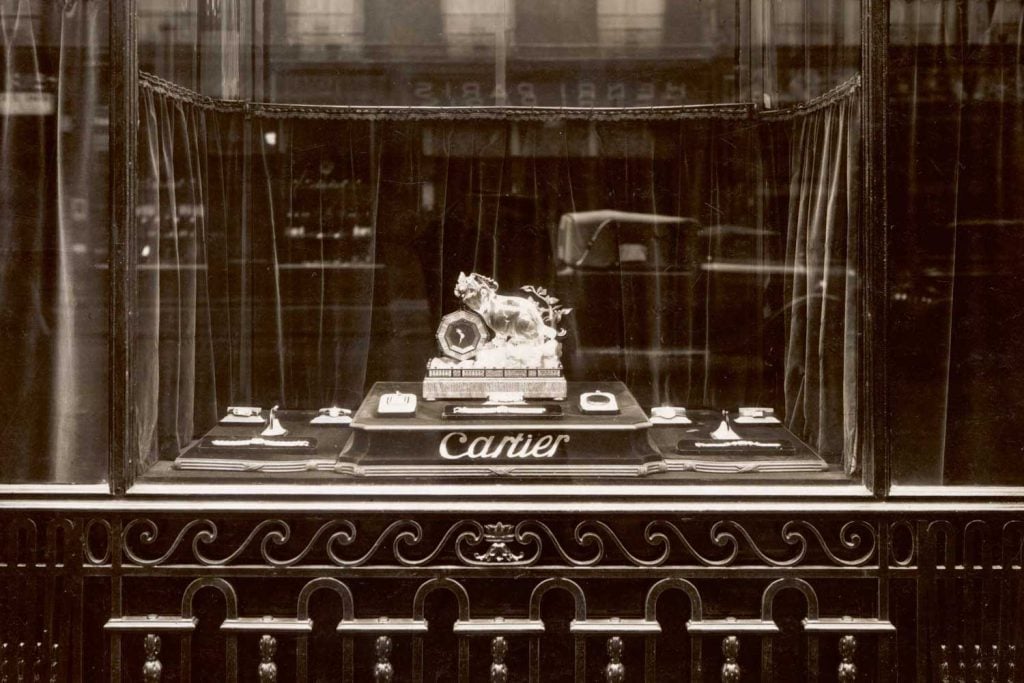
A 13 rue de la Paix window featuring a Chimera mystery Clock in 1927. Cartier Archives © Cartier
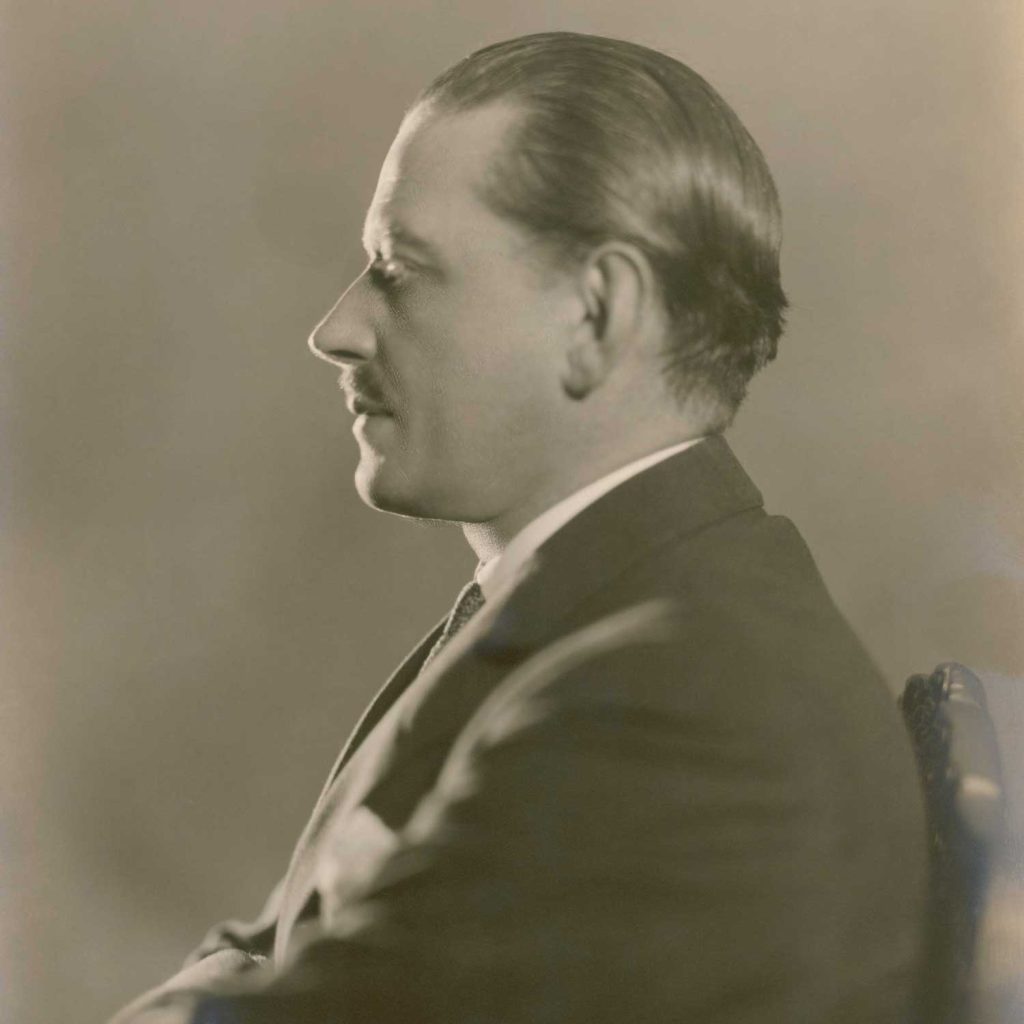
Louis Cartier (© Wladimir Rehbinder, Vogue Studio/Collection)
The first of these planet clocks were made in 1912, constituting round or angular cases with two superimposed dials. The lower dials would usually be crafted from light or dark blue enamel and constantly rotate to represent a day or night sky. Sometimes, a crescent moon in diamonds served as an indicator to the hours at night. The other model that year featured a central disc with a comet that rotated within the dial, while the minutes were read off a pointer that circled along a concentric ring.
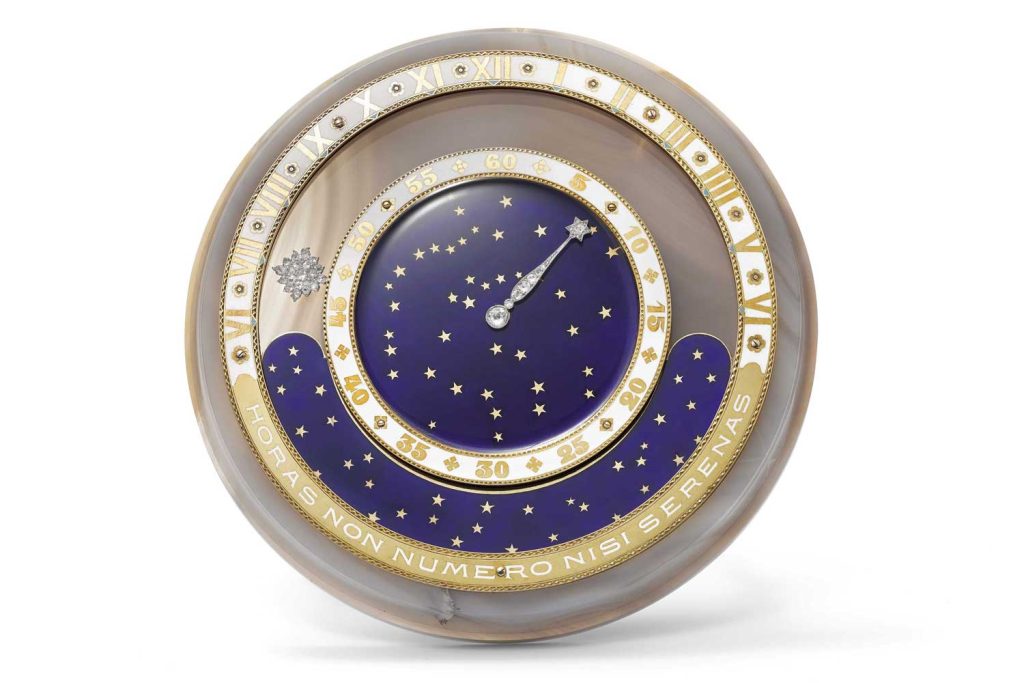
1920 Day and Night Comet Clock made by Coüet (Nils Herrmann, Cartier Collection © Cartier)
The day-and-night clocks had enigmatic appeal but even more fascinating were the mystery clocks that Cartier created with Coüet. The first and most famous of these clocks was the Model A from 1912. It was a large rock-crystal block with finely machined edges, and a white enamel Roman chapter ring in the centre. Fully adorned with platinum and gold accents, as well as rose-cut diamonds, the base was a slab of white agate which housed the movement. Incorporating the use of transparent crystal discs, the rotating hands were affixed to hidden gears within the gold columns. It was an ingenious interpretation of clockmaking — minimalistic yet strongly Art Deco-esque all at once.
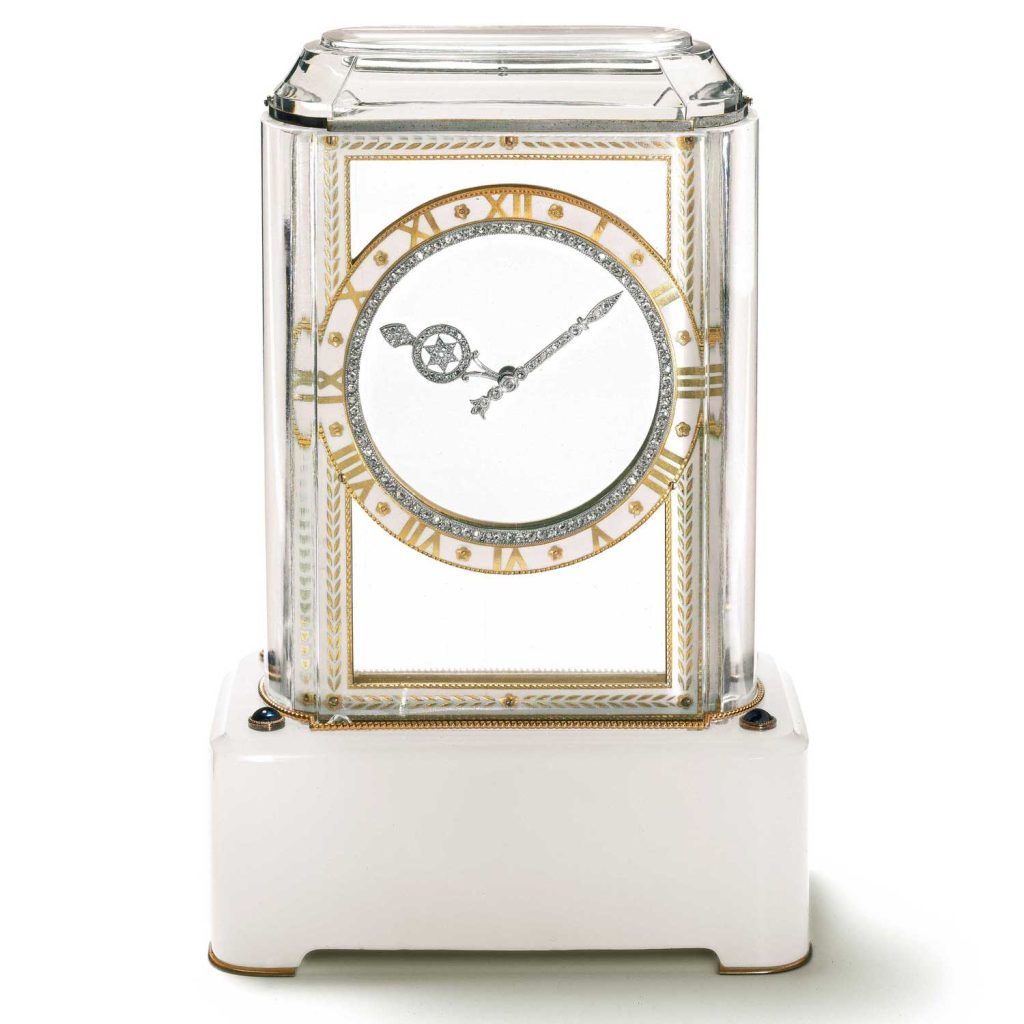
1914 “Model A” Mystery Clock. (Nick Welsh, Collection Cartier © Cartier)
An Open Secret
Unveiled as a prelude to SIHH 2018, the Rotonde de Cartier Mysterious Day & Night wristwatch was the first time Cartier combined the mystery movement and the day/night indication. Bringing attention to the centre, a semi-circular insert contains a rotating crystal disc sandwiching two stylised hour indicators — the Sun motif for day and the Moon motif for night. These point out the hours along the Roman numeral chapter ring overhead, while retrograde minutes fill in the bottom half of the dial. The heart of the dial is where Cartier sets the stage. Each time the blued steel hand travels back to its start position, the motif indicator creeps closer to the opposite edge. When the Sun sets at the six-hour mark, a glimpse of the Moon peers out from the other side, accompanied by its gold stars. The crystal discs rotate in this whimsical manner every 12 hours, popping in and out of the dial’s horizon.
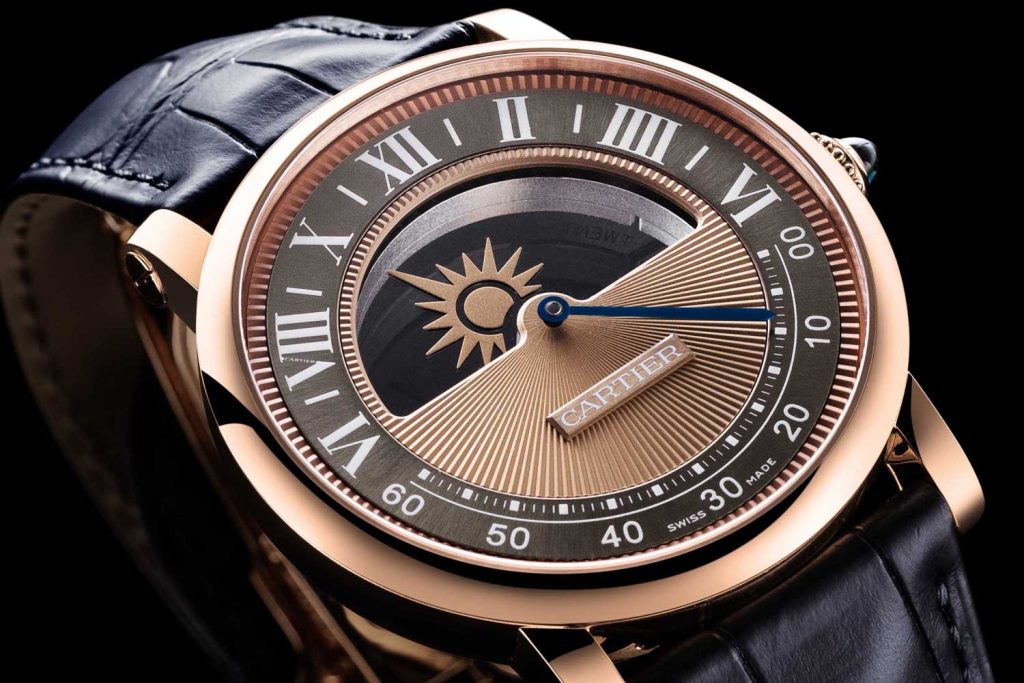
Rotonde de Cartier Mysterious Day & Night in 18k pink gold with moon and sun indicator
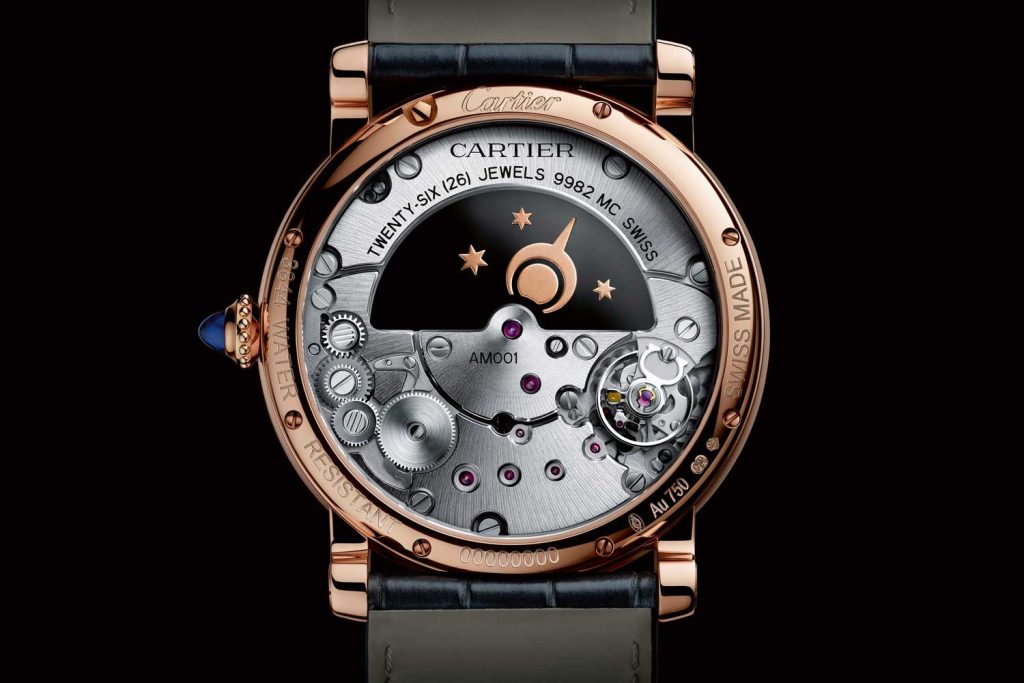
Rotonde de Cartier Mysterious Day & Night in 18k pink gold with moon and sun indicator (back)
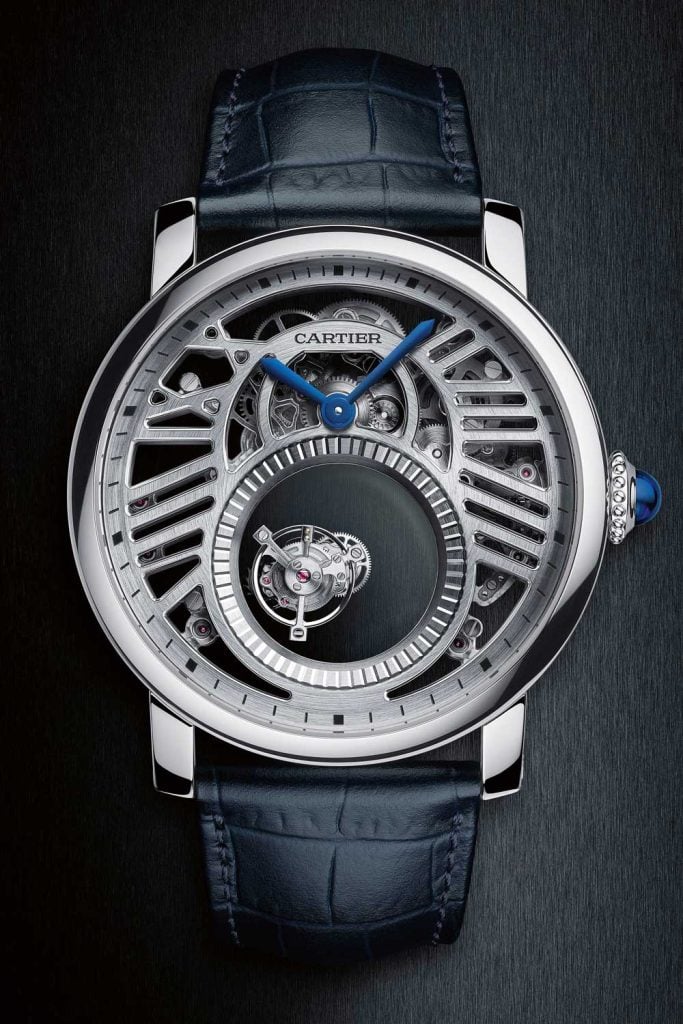
Rotonde de Cartier Skeleton Mysterious Double Tourbillon in platinum
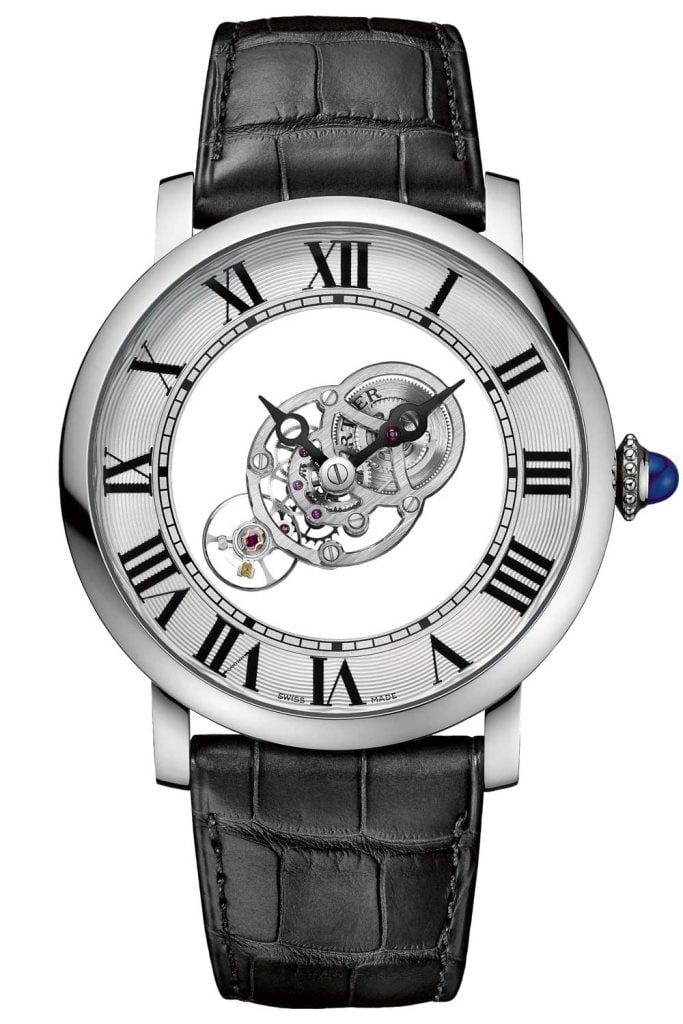
Rotonde de Cartier Astromystérieux (2016)
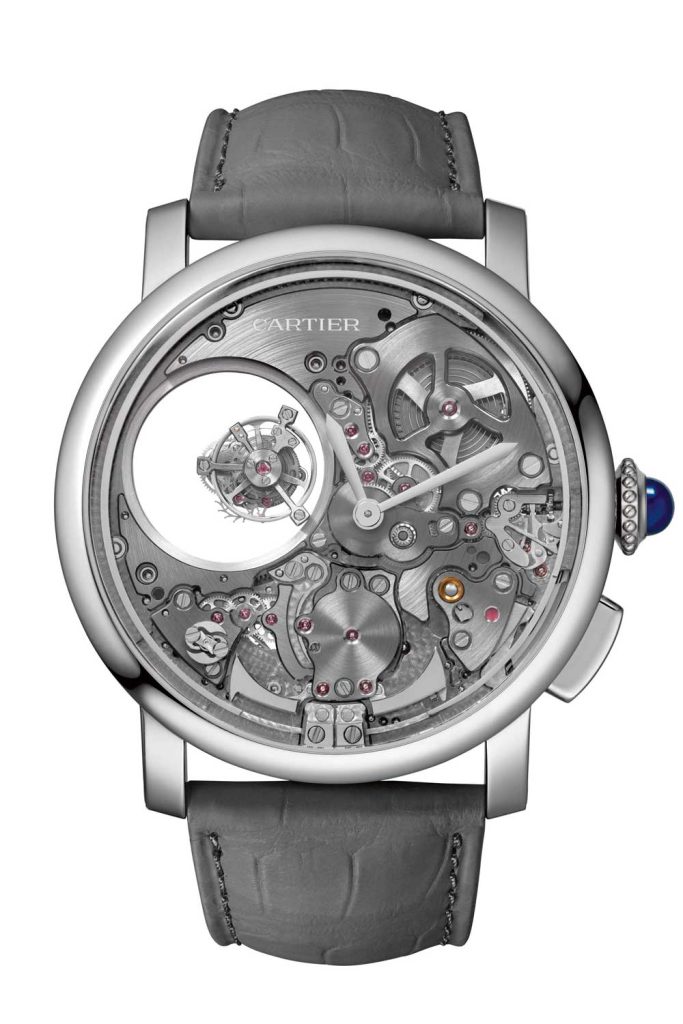
Rotonde de Cartier Minute Repeater Mysterious Double Tourbillon (2017)










